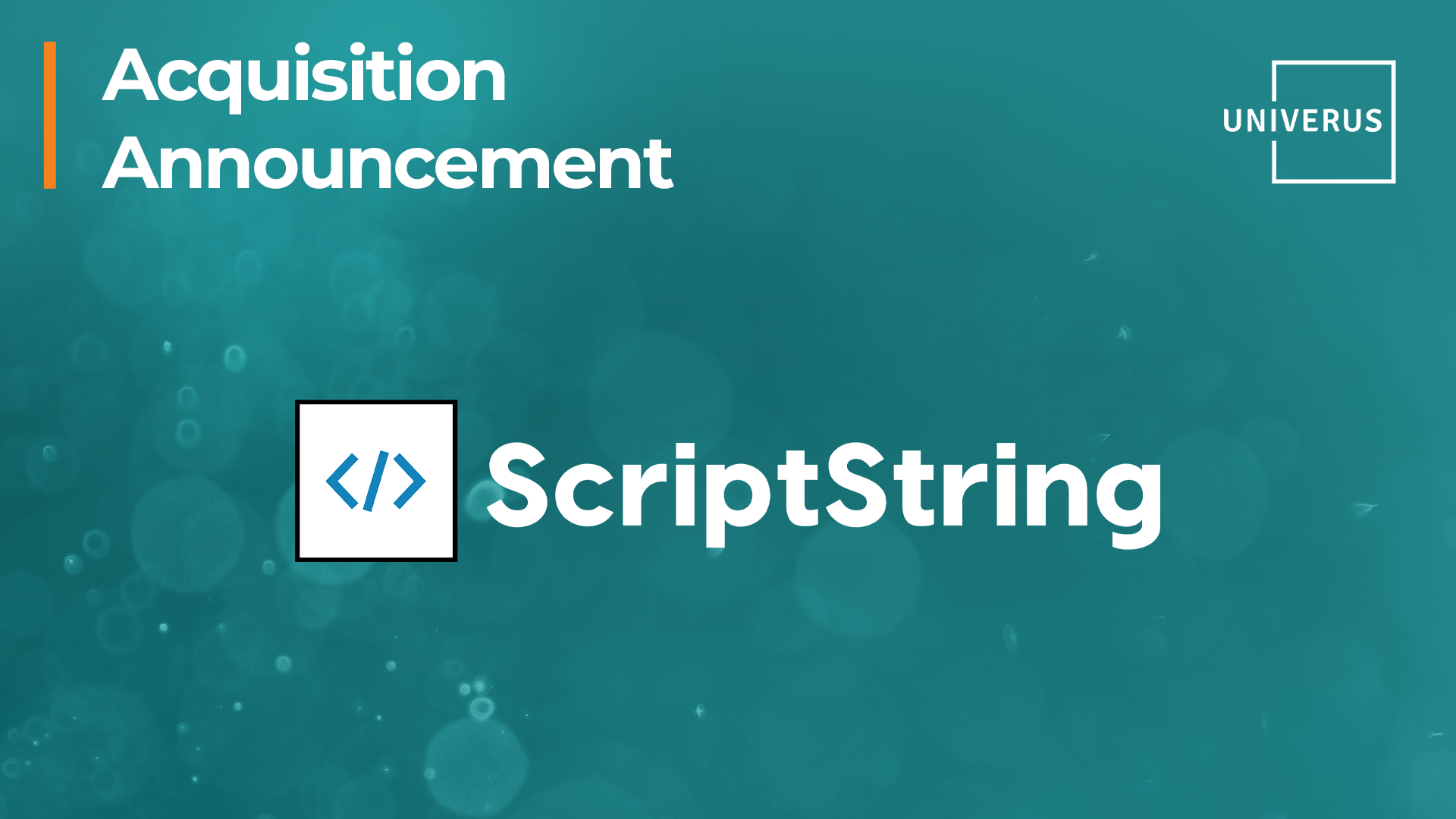In this comprehensive guide, we will discuss the elements you need to know when starting your data onboarding journey as a business in financial services.
What is Data Onboarding?
What is data onboarding? Data onboarding is the process of collecting data from a 3rd party source, usually a customer, and matching and cleaning it into usable quality data. Synonyms you might also hear in reference to data onboarding include data importing, uploading, migration, and transformation.
Data onboarding is a crucial part of the customer journey. Many organizations go through onboard customers for months which creates an expensive bottleneck, frustrating experience for customers, and revenue delays. 80% of enterprise data is not connected via API, therefore organizations look for various solutions to import data via custom software, ETLs, or templated spreadsheets.
Making the customer onboarding process streamlined improves the go-to-market success, increases bottom line growth, and keeps customers happy.
Data onboarding includes a long list of activities such as:
- Data collection
- Data cleaning and organizing
- Data uploading
- Data validation
- Data consolidation
- Data encryption and security
- Unified data analytics
Speed up onboarding with Artificial Intelligence
By using artificial intelligence to power your data onboarding process, you will have the ability to spend time making critical business decisions, not spending hours on data clean up!
AI-powered data onboarding results in greater than 80% cost savings on repetitive tasks. Some other advantages include:
- Automate repetitive tasks without coding
- Reduce the need for copying, pasting, and reformatting files
- Manipulate data instinctively without the need to memorize complex formulas
- Ensure governance by tracking data sources and changes
- Transform enterprise analytics by manipulating large datasets
Creating a Successful Data Onboarding Strategy
In order to ensure successful onboarding and satisfied customers, here are a few tips:
- Reduce the need for tutorials: Customers do not want to read long tutorials on how to onboard their data, so don’t make them! Keep it simple.
- Use pre-built onboarding solutions: Save time and money on expensive engineering to improve ETLs or excel templates. Instead, select existing data onboarding software to accelerate time to value.
- Keep error communication helpful: During the onboarding process, make your communication helpful and detailed to guide customers on the next steps.
- Conduct user testing: Customer sign-off is a must for data onboarding.
- Reduce bottlenecks: Bottlenecks can include the collection of customer data. If your customers onboard their own data, you need to guide them.
- Assign Customer Success Lead: Assign a point of contact for your customer.
The best way to offer seamless onboarding to your customers is using data onboarding software. Benefits of using data onboarding software:
- Decrease Time to Value: Onboard complex data 90% faster and time is money. Efficient onboarding means earning revenue sooner.
- Reduce Risk of Churn: Speedy implementation gets your customers using your product faster and will eliminate doubts about your solution.
- Win More Deals: A successful onboarding strategy will enable your sales teams to win more deals, by eliminating the common objection with ease.
Who is Responsible for Data Onboarding?
Data onboarding is critical to the success of your organization. So who is responsible for this important task? It depends on what your product is, the price of the product, the target market, and other factors. Most often, data onboarding is done by a combination of engineering teams, customer success representatives, and customers.
- Product Managers: Product managers are responsible for discovering the gap between where data onboarding currently is and where your customers need it to be. Then, they will come up with solutions to fill those gaps.
- Customer Success: For enterprise customers, customer success teams will be involved in collaborative data onboarding.
- Engineering: For self-serve products, it is necessary to offer productized data onboarding and data importing. This requires engineers to build out a data importer to help customers onboard their data.
- Customers: Although you’ll want to make it as easy as possible for them, customers are involved in the process by gathering their data, prepping it, and then uploading it to the product.
We hope that you found this guide both informative and interesting. If you are ready to start your data onboarding journey or have any questions, reach out to us at info@scriptstring.com or click here to explore ScriptString.AI solutions for finance.

